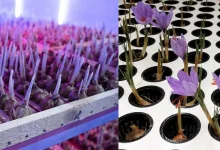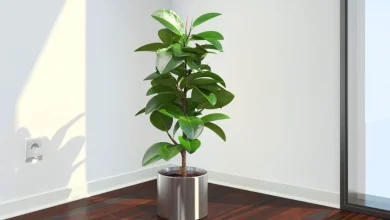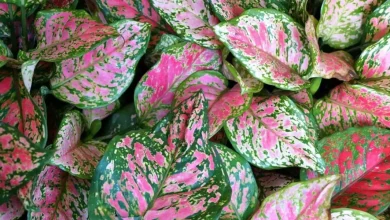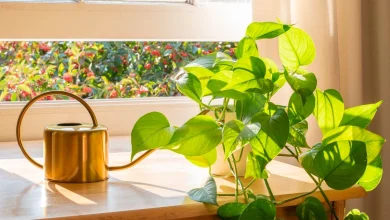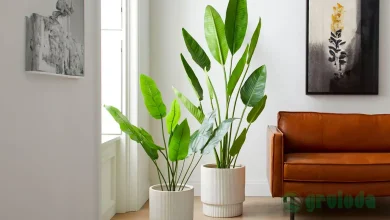The Silent Killer Lurking in Your Pothos Pot

The Silent Killer Lurking in Your Pothos Pot: How to Save Your Beloved Plant
Ah, the Pothos. Beloved for its lush greenery and easygoing nature, it’s a houseplant staple. But even the most dedicated plant parent can unknowingly harbor a silent killer in their Pothos pot: overwatering.
Yes, that simple act of showering your plant with love can actually do more harm than good. Let’s delve into the sneaky signs of overwatering and how to save your precious Pothos before it’s too late.
The Deceptive Signs: When Love Drowns Your Pothos
Overwatering might seem obvious – soggy soil, right? But the truth is, the damage often happens below the surface, silently wreaking havoc on the roots. Here’s what to watch out for:
- Subtle Shifts in Color: Those vibrant green leaves? They might start to develop a sickly yellow cast, especially at the lower parts of the plant. This is a telltale sign that something’s amiss.
- The Droop of Despair: Once perky leaves begin to wilt and droop, it’s not just a lack of sunshine. Overwatering can weaken the stems, causing them to lose their fight against gravity.
- Leaf Loss: A Cry for Help: Don’t mistake this for a natural shedding. When leaves start dropping excessively, it’s the Pothos’s way of saying, “Hey, I’m drowning in here!”
- Root Rot: The Culprit Revealed: If you suspect overwatering, gently remove the plant from its pot. Healthy roots should be firm and white. Mushy, brown, or black roots indicate root rot, a fungal disease that thrives in constantly moist conditions.
Save Your Pothos: A Mission of Root and Revival
Don’t panic! Even a Pothos on the brink of overwatering can be brought back. Here’s your battle plan:
- Ceasefire! Stop Watering Immediately: This might seem harsh, but it’s crucial to halt the water flow and allow the soil to dry out completely.
- Drainage is Key: Ensure your pot has drainage holes. If not, repot your Pothos into a pot with proper drainage to prevent water from pooling around the roots.
- Assess the Damage: Carefully remove the plant and inspect the roots. If there’s salvageable white root material, proceed to the next step. If the roots are mostly black and mushy, the plant might be beyond saving.
- Pruning for Renewal: Using sterilized shears, prune away any brown or mushy roots. This will remove diseased parts and encourage healthy new root growth.
- Fresh Start with Fresh Soil: Repot your Pothos with fresh, well-draining potting mix. Opt for a mix specifically formulated for houseplants, which typically offers good drainage and aeration.
- Water Wisely, Not Lavishly: From here on out, water only when the top inch or two of soil feels dry to the touch. It’s always better to underwater than overwater.
Bonus Tip: Embrace the Power of Self-Watering Pots
For the forgetful plant parent (we’ve all been there!), consider using a self-watering pot. These pots have a reservoir that holds water, allowing the plant to access moisture as needed. Just remember, even with a self-watering pot, proper drainage is essential to prevent oversaturation.
Living the Happy Pothos Life: Prevention is Key
Now that you’ve rescued your Pothos from the brink, here are some tips to prevent future overwatering woes:
- Know Your Plant’s Needs: Research the specific watering requirements of your Pothos variety. Some prefer more moisture than others.
- Observe, Don’t Guess: Instead of sticking to a rigid watering schedule, get in tune with your plant’s needs. Factors like light, temperature, and pot size can all influence how quickly the soil dries out.
- The Finger Test: Before watering, stick your finger into the soil. If it feels even slightly moist, hold off.
By understanding the signs of overwatering and implementing these simple tips, you can ensure your Pothos thrives for years to come. Remember, a little underwatering is easily rectified, but overwatering can be fatal. So, love your Pothos wisely, and watch it reward you with lush, vibrant foliage for years to come.

